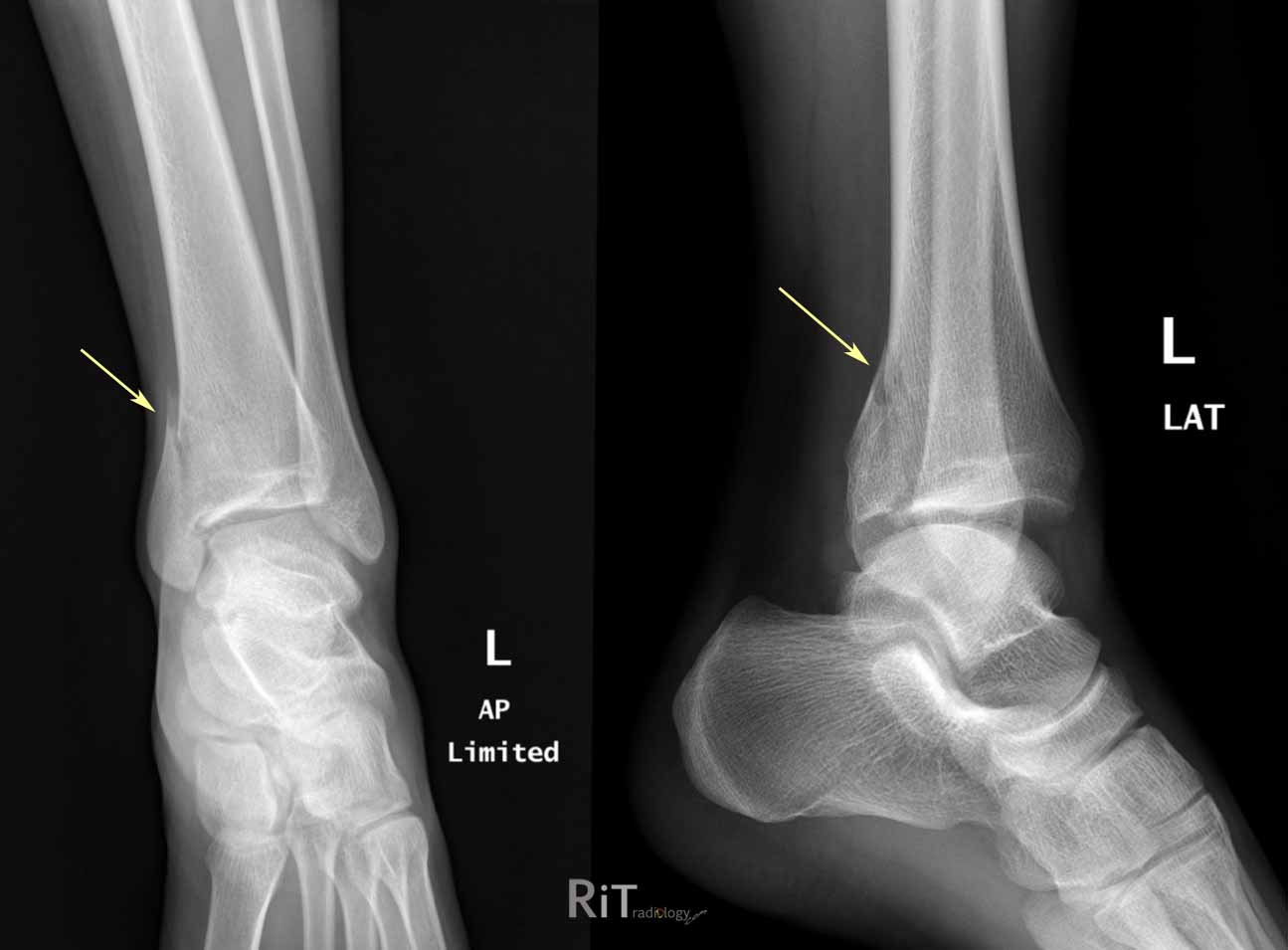

In type B fractures the trend is similar, with reported rates of 27% for torsion, 37% for falls and 13% for sports related trauma. In type A fractures the main cause is represented by torsion (32%) followed by falls (23%) and sports related trauma (22%). There is on-going research on interactions between these structures and mechanisms that cause fracture.Īnkle sprains/torsion injuries, accidental falls and sports related accidents are the most frequently reported causes of distal fibula fracture, with different rates according to the different AO/OTA types. Dynamic musculotendinous stabilizers, which exact function is less understood, also play a relevant role. Stability of the ankle mortise is determined by bony components (fibula, tibia and talus) and ligamentous structures (syndesmosis complex and lateral and medial collateral ligaments).

Conversely, Hasselman et al found isolated fibular fracture to cover 57.6% of cases in elderly (> 65 years) women reporting ankle fractures. Werner et al reported an incidence of isolated distal fibula fractures reaching 83% of cases among a population of National Football League athletes reporting ankle fractures. Distal fibula fractures are more frequent in young active male patients. Age and gender-related differences in ankle fracture epidemiology have been reported. Court-Brown et al reported the following distal fibula fracture type distribution among 1500 ankle fractures: 52% type B trans-syndesmotic fractures, 38% type A infra-syndesmotic fractures and 10% type C supra-syndesmotic fractures. Furthermore, according to the Arbeitsgemeinschaft für Osteosynthesefragen/Orthopaedic Trauma Association (AO/OTA) classification, type B is generally reported to be the more common distal fibula fracture type. Elsoe et al recently reported the epidemiology of 9767 ankle fractures, identifying distal fibula fractures as the most common fracture type, accounting for 55% of cases. Isolated distal fibula fractures represent the most frequent ankle fracture type. Moreover, there has been a sharp increase in osteoporosis related ankle fracture incidence in recent years. The aim of the present paper is to review the most recent literature about the epidemiology, mechanism of injury, diagnosis, classification, management and complications of isolated distal fibula fractures treatment.Īnkle fractures are frequent injuries, accounting for about 9% of all fractures. These include lateral vs posterolateral plating, nonlocking vs locking plate fixation, isolated screws and intramedullary fixation. However, the trend in recent years is headed towards surgical treatment, with advantages in terms of anatomic restoration and earlier recovery.ĭepending on fracture type, displacement and degree of instability, several surgical treatment techniques have been described. Many authors recommend conservative treatment for isolated fibula fractures without signs of ankle instability as good clinical results are obtained in most cases. These fractures are often the result of a low energy trauma with an external rotation and supination mechanism. In most literature reports, distal fibula fractures represent the majority of ankle fractures. Ankle fractures are frequent injuries, increasing in elderly patients as a consequence of osteoporosis.


 0 kommentar(er)
0 kommentar(er)
